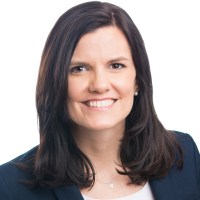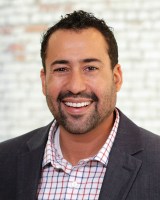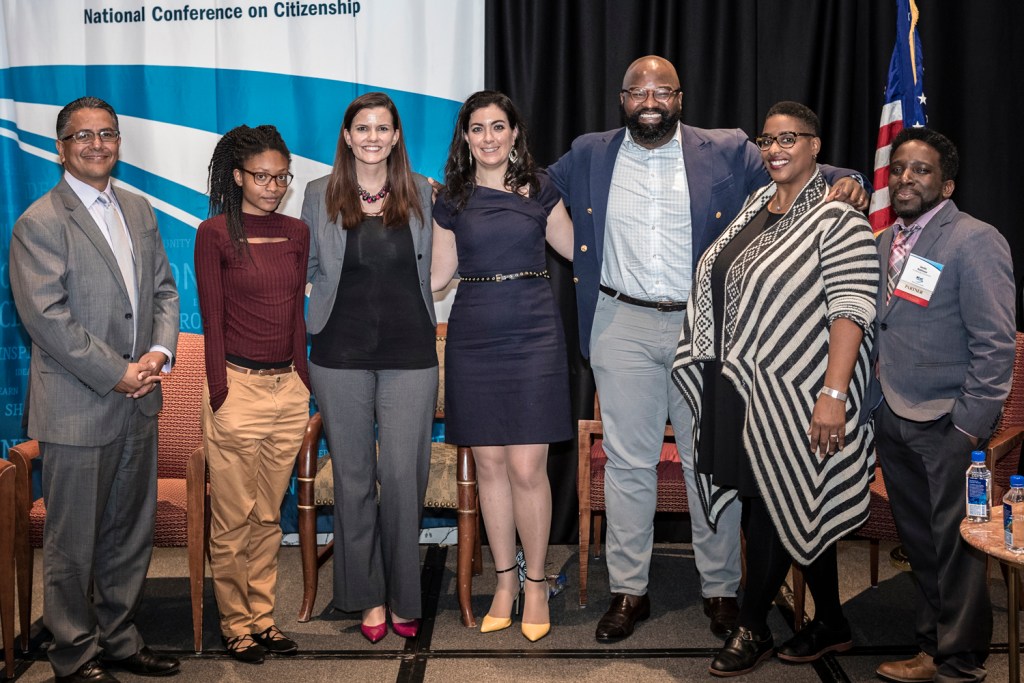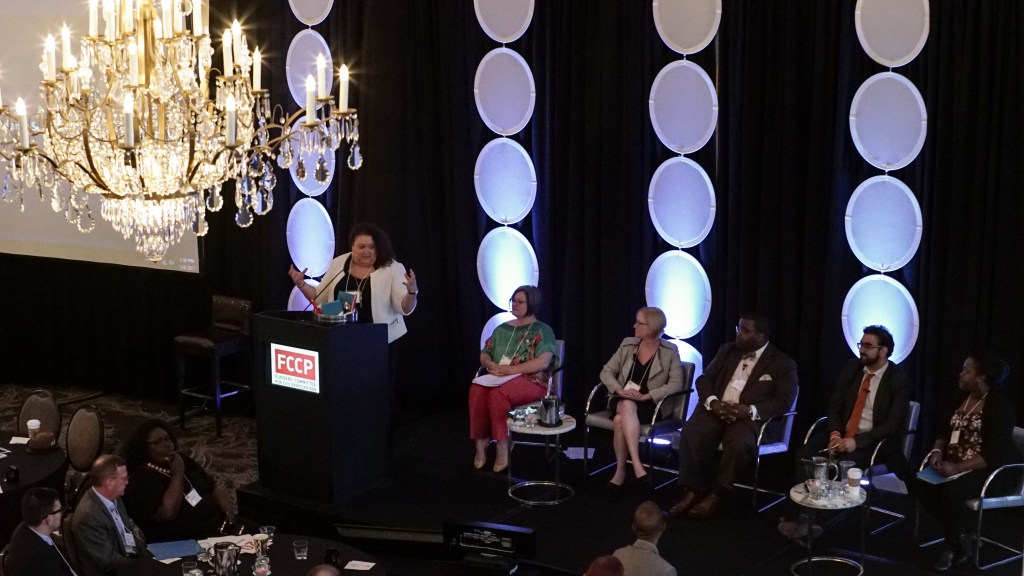During the United Philanthropy Forum’s annual conference in August 2017, The California Endowment’s chief executive, Dr. Robert K. Ross, exhorted all funders to support civic participation efforts “in the fight for America’s soul.” He said, “Double it, and then supercharge it.”
NCRP asked Eric Marshall, executive director of Funders’ Committee for Civic Participation (FCCP), and Kristen Cambell, executive director of Philanthropy for Active Civic Engagement (PACE) to share what they’ve been seeing since the 2016 elections as they work with funders and nonprofits to strengthen civic engagement in the country.

Kristen Cambell, Executive Director, Philanthropy for Active Civic Engagement
NCRP: There has been growing interest in civic engagement among foundations after the 2016 elections. Is this true among your members? If so, what does that interest look like?
Marshall: To say there’s been growing interest would be an understatement. Twenty six members joined FCCP since the election. The increase falls into two buckets. First, foundations and program officers focused on issue or service delivery have realized that powerful participation – particularly from disenfranchised communities – and an open and equitable democracy are important to achieve the changes they seek. Second, grantmakers that set up short-term rapid response funds to support communities under attack post-inauguration now realize the importance of funding civic engagement in the long-term.
Cambell: We have definitely seen growing interest within PACE’s membership (which grew 64 percent last year), which speaks to an urgency around civic engagement and democracy throughout the independent sector. While some may be inspired anew, many of our members have deeply valued these issues for a long time, and have been re-invigorated and encouraged by the interest and attention they are receiving from so many of their peers. It’s a period of growing energy and excitement, and time will tell whether this shift is sustainable. In other words, whether this newer interest is a reaction to the current political moment, or a reflection of funders and practitioners claiming civic engagement and democracy as central values.

Eric Marshall, Executive Director, Funders’ Committee for Civic Participation
NCRP: How does this interest respond to or coincide with what you’re hearing from nonprofits?
Cambell: I think the interest and momentum within the funding community and the nonprofit community are inspired by the same concern for finding both individual well-being and common good, especially in light of today’s rapidly shifting social and political challenges. Ultimately, we’re seeing and hearing that people are moved by the desire to engage across differences, look out for their neighbors, and be a part of creating the communities we want to live in.
People are also understanding the rights and responsibilities of living in a self-governing society and are stepping into that role in ways that have enlivened and re-invigorated the public square. They are looking for new ways to engage; the challenge for us is how to sustain this energy and attention. The turmoil and uncertainty we face today didn’t happen overnight, so healing our democracy will take sustained commitment and resources.
Marshall: We’ve seen nonprofits and foundations recognize that long-term and sustained investments, particularly in people-of-color-led organizations rooted in underserved communities, are vital. Short-term investments focused on elections, defending democratic institutions and advancing reforms are critical. But we also need long-term funding outside of election cycles to build power, develop leaders, drive cultural and narrative change, restore and advance the tenets of an equitable democracy, and break down structural racism.
FCCP launched a Power Impact Team comprised of grantees and grantmakers to consider how new research and approaches to building power can inform field and funder practice and theories of change. Our members envision a society where marginalized communities have the power to make a difference on issues that have an impact on their lives. And in this moment, it is critical for foundations to be comfortable adding more risk to their portfolios, so nonprofits doing innovative work have the resources to experiment and lead. FCCP will help funders on this journey.
NCRP: What kinds of concerns are you hearing from new and old members as they try to navigate in the current environment? How are you addressing those concerns?
Marshall: Some of the concerns we’ve heard include:
- A need to better understand what is and isn’t working.
- Not enough funding for the needs.
- Lack of balance between investing in short-term threats and opportunities versus long-term needs.
- How can we restore democratic norms when elected leaders are ignoring them or are hostile toward democratic ideals?
- How can we more effectively invest at the local level in a long-term, sustainable way?
Addressing these concerns is central to the mission of FCCP. We are innovating with deeper levels of programming that both serve as a catalyst to support more effective grantmaking as well as creating spaces for stronger coordination and collaboration among funders.
We are piloting a neutral coordinating and learning space at the state level called the State Funding Circles. We are researching which states would most benefit from increased funder coordination in 2018 and 2019, matching that to available capacity and resources, and will be choosing two to three states to work in starting near the end of April 2018.

Panelists during the “Exploring Civic Learning as a Pathway to Equity and Opportunity” session hosted by PACE and National Conference on Citizenship during the latter’s annual conference in October 2017. (L-R) Robert Sainz (City of Los Angeles), Maya Branch (student), Kristen Cambell (PACE), Rebecca Burgess (American Enterprise Institute), Decker Ngongang (PACE), Keesha Gaskins-Nathan (Rockefeller Brothers Fund) and Verdis Robinson (The Democracy Commitment). Photo courtesy of PACE.
Cambell: One of the more persistent questions we’ve been receiving has been around what it means and looks like for an organization to “get political” and/or to find pragmatic or nonpolitical outlets for engagement and civic contribution. For many, the question is something like: I feel compelled to do something, but I don’t identify as a political funder – how can I respond to this moment in a way that’s meaningful and constructive? How do I support the democratic process in a way that doesn’t necessarily take sides or prescribe outcomes but allows for the complexity and nuance within my community to emerge?
For some organizations, taking a political stance and/or getting involved in direct advocacy work can make sense and evolve organically from their mission. For others, the response is more nuanced, focused on reforming democracy and holding space for the democratic process itself.
At PACE, we believe there’s room (and need) for all approaches to this work and we support our members in responding to this moment in various ways – from direct action within specific communities, to a focus on broader democratic systems like Congress or journalism, and priorities such as investments in dialogue and cross-partisan cooperation that aim to bring people together across lines of difference.
NCRP: Tell us about an exciting opportunity that’s emerged from your work.
Cambell: One of our streams of work that has received a great deal of resonance this year is civic learning: The spectrum of experiences that prepare people for informed and engaged participation in civic life and the democratic process. Last September, PACE was represented on the steering committee of the Democracy at a Crossroads Summit in Washington, D.C., an event with the core belief that strengthening civic learning can make the difference in creating a bright future – not just for our nation’s young people but for our nation as a whole.
Further, in partnership with the National Conference on Citizenship (NCoC), PACE has led a series of convenings to explore how civic learning can be a pathway to equity and opportunity. Our approach is rooted in an understanding that there is a direct correlation between civic education and civic participation, and that inequities in access to education deepen the social inequities we face today. Young people from lower-income families have fewer civic learning opportunities and, as a result, experience diminished levels of participation in civic life, which in turn reinforces the inequitable systems. How do we break that cycle? A discussion paper shares some recommendations from these convenings.
Marshall: YVote is an effort to harness the power of young voters of color to reshape the future of California. It began as a learning community in 2015 supported by The James Irvine Foundation and grew to a network in 2016 as funders understood the need to develop strategies that better engage young people. YVote is now not only part of the statewide civic participation table but is also leading the table’s effort to increase its young adult voting by 5 percent across California in 2018.

FCCP’s 2017 Convening “Advancing Democracy in the Heart of the South” in Atlanta. Photo courtesy of FCCP.
NCRP: For funders who are still hesitant to support civic engagement, why is now an opportune time to dive in?
Marshall: We are in an environment of unprecedented threats and incredible opportunity. There has been a sustained, decades-long effort to undermine all aspects of a functioning democracy, sow racial division and depress participation in our elections. There are also many nonprofits implementing innovative strategies to combat those threats. Their success hinges on robust, sustained and aligned investments from the grantmaking community.
FCCP is hosting dynamic and thought-provoking conversations while creating a space for like-minded funders to learn from each other and deepen partnerships. If you’re ready to get into the game, or step up your game, we’re the home for you.
Cambell: One thing we’ve heard consistently – especially from newer members and partners – is a recognition that civic engagement and democracy simply aren’t “bonus” streams of work that happen alongside other more “necessary” programming. They are necessary, as the enabling conditions for the issues we care about – without them, the rest of the work falters.
And if that’s not enough to inspire your commitment, or you need a resource to share with your board, we created this video to help paint a picture of the civic engagement field: “The House that Civic Engagement Built.” The moral of the story is: There’s a place for everyone, and you’re not alone – organizations like PACE and FCCP are here to help orient and support you on this journey and find your place in the house.
NCRP: Any tips for funders that are about to embark or just began their journey in supporting civic engagement efforts?
Cambell: We’re so glad you asked. To start, our Civic Engagement Primer, responds to questions we’ve been receiving from funders new to this space: What exactly is civic engagement? How might it relate to my work? And how can I get started? The tool also includes accompanying pieces like the Civic Engagement Spectrum, which illustrates the range of activities that can fall under the umbrella of civic engagement. Also, learning from and being in relationship with others that seek to advance the values and practice of civic engagement is a great place to start.
Something else that feels important to frame here is that, in order to do this work externally, it can also be important to think about what it means to do it internally. We’ve been hearing from members, particularly those who are newer to this work, that conversations about investing in civic engagement have led to internal conversations around themes such as leadership, listening, power, and decision-making. Ultimately, their internal work created the culture and values that enabled them to do the external work.
Marshall: I urge funders to:
- Find tools and resources that can help you understand the environment and strategies. FCCP is a great space for that – our robust census listserv is just one example – but there are many spaces at the state and national levels.
- Talk with your grantees to understand the totality of their work. Many of them are most likely engaging in civic engagement efforts, even if you aren’t funding those programs. Find out more about their work and how your grants to them can support the totality of their engagement efforts.
- Follow the lead of people rooted in the communities you are looking to serve. They are best positioned to understand the strategies and needs of their communities.
- Find great leaders and organizations and trust them. That means funding longer-term, giving more flexible general support grants and limiting the amount of reporting so they can be the best versions of themselves.
Follow @FCCPTweets and @PACEfunders on Twitter.